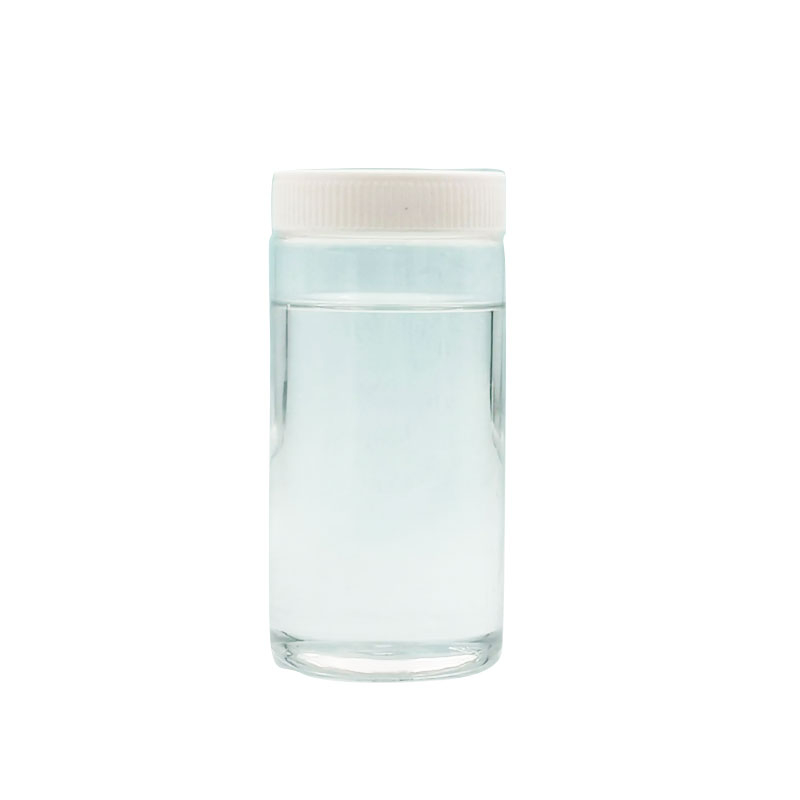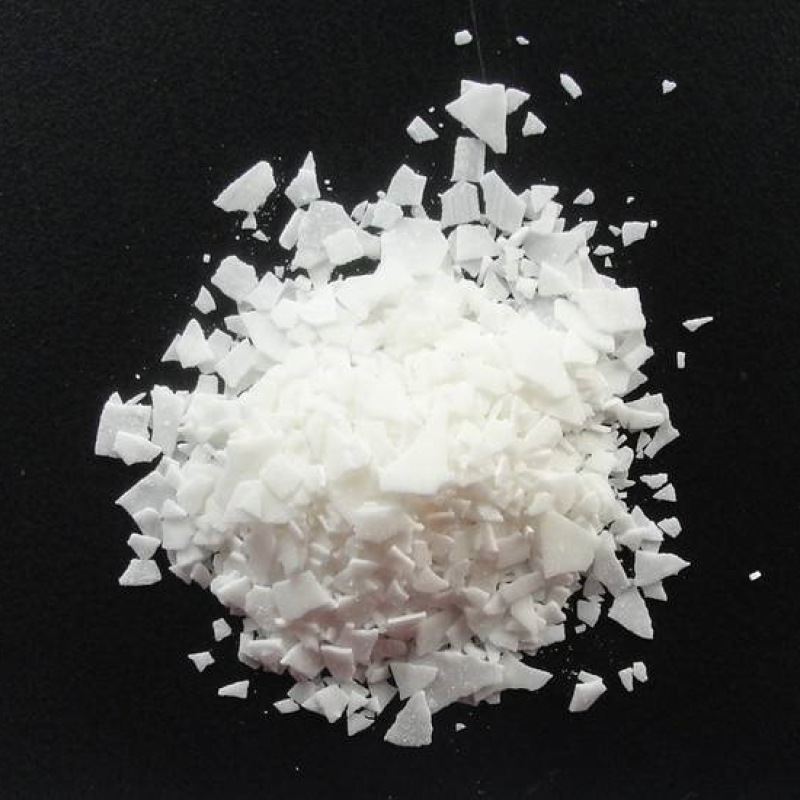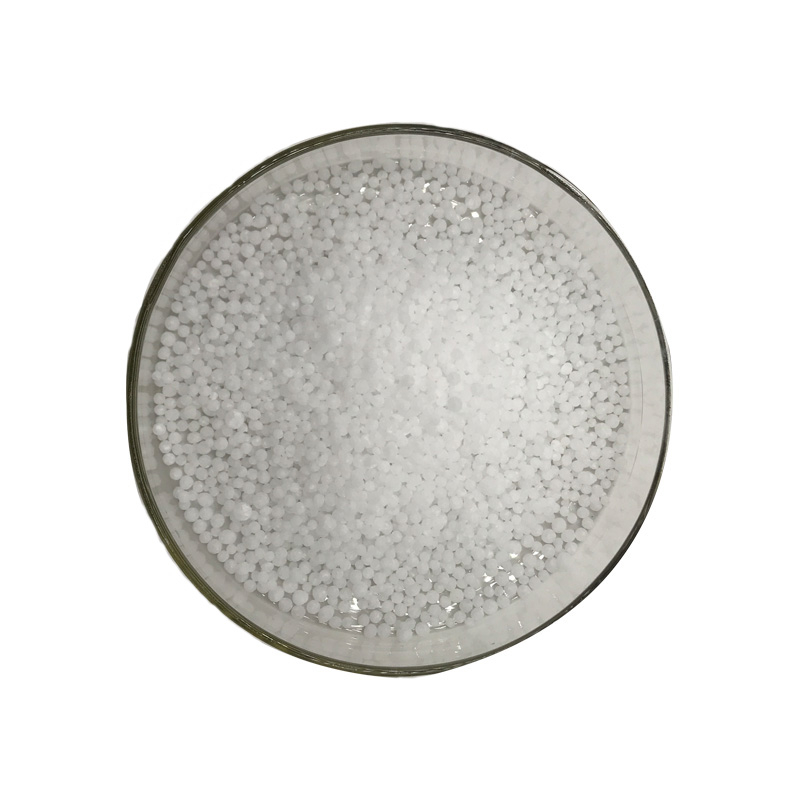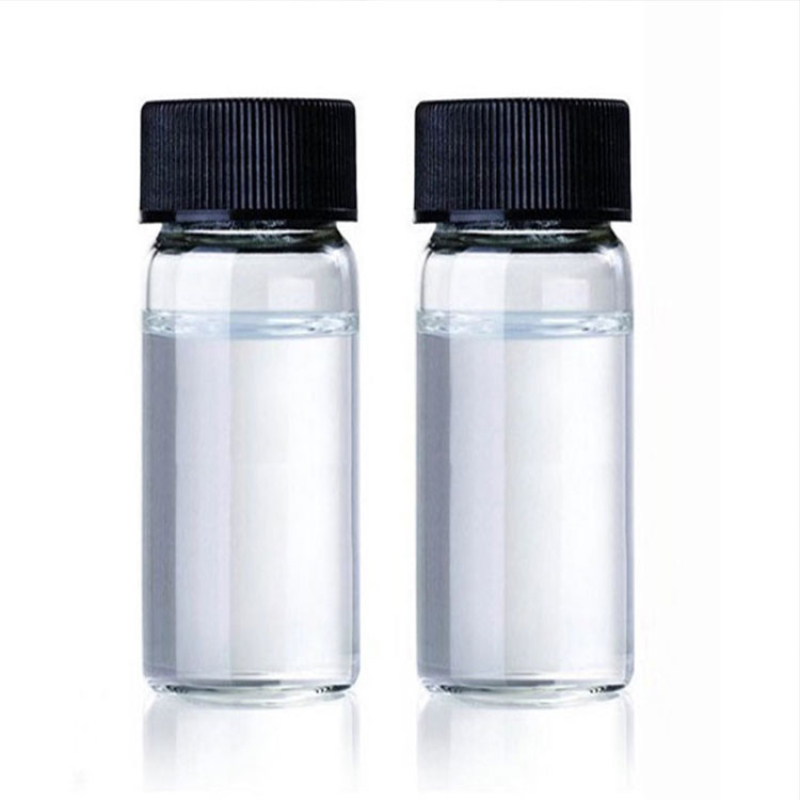Ethylene glycol CAS#107-21-1Ethylene glycol is the simplest aliphatic diol, with the chemical properties of alcohol, and can generate ethers, esters, or be oxidized to acids or aldehydes, and can also be condensed to ethers or replaced by halogens. It generally generates diesters when reacting with acyl chlorides or anhydrides.
Contact Now
Ethylene glycol CAS#107-21-1It is colorless obvious viscous liquid with candy style and moisture absorption capability. It is additionally miscible with water, low-grade aliphatic alcohols, glycerol, acetic acid, acetone, ketones, aldehydes, pyridine and comparable coal tar bases.
Contact Now
Products Description of Glyoxal CAS#107-22-2Glyoxal is an organic compound with the chemical formula OCHCHO, which is composed of two aldehyde groups -C=O-H.
Contact Now
Products Description of Poly(ethylene glycol) dimethacrylateCAS#25852-47-5 Used in food, medical and health gel materials, etc.Poly(ethylene glycol) dimethacrylate Chemical PropertiesBoiling point >200 °C2 mm Hg(lit.)density 1.11 g/mL at 25 °Crefractive index n20/D 1.467Fp >230 °Fstorage temp. 2-8°Csolubility H2O: solubleform Granular Solidcolor White to off-whiteWater Solubility Soluble in water.Sensitive Moisture & Light SensitiveStability:Stable.
Contact Now
Products Description of 1,3-Butanediol CAS#107-88-0Transparent colorless hygroscopic viscous liquid with a weak special taste. Almost odorless. Boiling point 207.5℃, relative density (4:1.0059, refractive index (nD20) 1.4401, freezing point <-50℃, flash point 121.1℃. Has a certain antibacterial effect.
Contact Now
Products Description of Poly(ethylene glycol) distearate CAS#9005-08-7This product is a white solid, soluble in isopropanol, glycerin, gasoline solvents, dispersed in water, melting point 35 ~ 37 ℃.Poly(ethylene glycol) distearate Chemical PropertiesMelting point 35-37 °CFp >230 °FOdorat 100.00?%.
Contact Now
Products Description of POLY(ANTIMONY ETHYLENE GLYCOXIDE) CAS#29736-75-2White crystalline solid, non-toxic and odorless, decomposes in contact with moist air.POLY(ANTIMONY ETHYLENE GLYCOXIDE) Chemical PropertiesMelting point >100°C (dec.)Boiling point 267.3℃[at 101 325 Pa]density 1[at 20℃]Fp >110°CWater Solubility 400ng/L at 20℃Hydrolytic Sensitivity7: reacts slowly with moisture/waterEPA Substance Registry System2,5,7,10,11,14-Hexaoxa-1,6-distibabicyclo[4.4.4]tetradecane (29736-75-2) Safety InformationRisk Statements 20/21/22Safety Statements
Contact Now
Products Description of Ethylene dimethacrylate CAS#97-90-5Ethylene glycol dimethacrylate is a diester, meaning there are two alcohol/acid combinations in one organic compound or monomer. Industries often combine this substance with other chemicals to make plastics or rubber.
Contact Now
Products Description of 1-Aminocyclopropanecarboxylic acid CAS#22059-21-81-Aminocyclopropanecarboxylic acid is a cyclic amino acid, also known as ACC, which is a non-protein amino acid widely found in fruits such as pears and apples. It is synthesized from methionine in plants, and finally produces ethylene after various steps of conversion in plants.
Contact Now
Acrylonitrile CAS#107-13-1 Acrylonitrile is a colourless, flammable liquid. Its vapours might also explode when uncovered to an open flame. Acrylonitrile does now not take place naturally. It is produced in very giant quantities through numerous chemical industries in the United States, and its requirement and demand are growing in latest years. Acrylonitrile is a closely produced, unsaturated nitrile.
Contact Now
Ethylene Glycol Diacetate CAS#111-55-7Ethylene Glycol Diacetate, additionally recognized as ethylene glycol diacetate, has a chemical shape containing an ethylene glycol (1,2-ethanol) skeleton, with an acetate crew (-O-C (=O)-CH₃) linked to every of the two hydroxyl positions of ethylene glycol.It is normally a colorless, obvious liquid, from time to time barely yellowish.
Contact Now
Products Description of Polyethylene Glycol CAS#25322-68-3Polyethylene glycol is referred to as "PEG". It is a high molecular weight compound formed by intermolecular dehydration condensation of ethylene glycol. Chemical formula HOCH2(CH2OCH2)nCH2OH. Where n is greater than 4. Average molecular weight 200-7000. The number after the commercial polyethylene glycol indicates the average molecular weight. For example, polyethylene glycol-400 means that the average molecular weight of the commercial polyethylene glycol is about 400.Colorless viscous liquid or white solid.
Contact Now
Products Description of Ethylene glycol monoethyl ether acetate CAS#111-15-9Colorless liquid. Freezing point -61.7℃, boiling point 156.3℃, 51℃ (2.8kPa), relative density 0.973 (20℃), melting point -61.7℃, refractive index 1.4055 (20℃), flash point 51℃ (closed cup), 66℃ (open cup), ignition point 379℃. Miscible with general organic solvents and soluble in water.
Contact Now
Products Description of 1-Hydroxyethylidene-1,1-diphosphonic acid CAS#2809-21-4Hydroxyethylidene diphosphonic acid, also known as HEDP, is a diphosphate compound used in detergents, water purification processes, cosmetics and pharmaceutical production.
Contact Now
Products Description of Chlorpropham CAS#101-21-3Chlorofen, also known as clopfen, is an organic compound with the chemical formula C10H12ClNO2. It is a light brown crystalline powder and is insoluble in water. It is a plant growth regulator and herbicide that can effectively control wheat, corn, and alfalfa.
Contact Now
POLY(ETHYLENE GLYCOL) METHYL ETHER ACRYLATE Chemical PropertiesMelting point 6-7 °C(lit.)density 1.09 g/mL at 25 °C(lit.)Fp >230 °Fstorage temp. -20°Cform Granular Solidcolor White to off-whiteWater Solubility Soluble in waterEPA Substance Registry SystemPoly(oxy-1,2-ethanediyl), .alpha.-(1-oxo-2-propenyl)-.omega.-methoxy- (32171-39-4)Safety InformationHazard Codes TRisk Statements 45-46Safety Statements 53-36/37/39-24/25-22-45WGK Germany 3TSCA YesHS Code 39072090Factory and Equipment ShowFast delivery
Contact Now
Products Description of 2,2,4-TrimethylpentaneCAS#540-84-1Isooctane is a colorless liquid with a high octane number and is therefore widely used as a gasoline additive.2,2,4-Trimethylpentane Chemical PropertiesMelting point -107 °CBoiling point 98-99 °C(lit.)density 0.692 g/mL at 25 °C(lit.)vapor density 3.9 (vs air)vapor pressure 41 mm Hg ( 21 °C)refractive index n20/D 1.391(lit.)Fp 18 °Fstorage temp. Store at +5°C to +30°C.solubility water: insolubleform Liquidpka>14 (Schwarzenbach et al., 1993)Specific Gravity0.692 (20
Contact Now
Products Description of Silicon carbide CAS#409-21-2Silicon carbide, commonly known as diamond, is a ceramic compound formed by bonding silicon and carbon. Silicon carbide exists in nature in the form of a rare mineral called moissanite. Since 1893, silicon carbide powder has been used as an abrasive in large quantities. Sintering silicon carbide powder can produce hard ceramic silicon carbide particles, which can be used in materials that require high durability, such as automotive brake pads, clutches and bulletproof vests.
Contact Now
Products Description of 3-MERCAPTOPROPIONIC ACID CAS#107-96-03-Thiopropionic acid is a direct raw material in organic chemicals and is used in pharmaceutical intermediates and electronic chemicals; it is used as an intermediate in the pharmaceutical Fenal, and it is also used as a stabilizer for polyvinyl chloride.
Contact Now
Diethylene glycol CAS#111-46-6Diethylene glycol is a clear colorless, odorless and steady oily liquid. It is additionally barely viscous, noncorrosive and nonvolatile. Because of its ether and alcohol group, diethylene glycol well-knownshows chemical residences attribute of both essential alcohols and ethers. Its boiling factor is extensively greater than that of ethylene glycol, and its solvent is greater.
Contact Now
Products Description of Neopentyl glycol diglycidyl ether CAS#17557-23-2Slightly yellow transparent liquid. Soluble in organic solvents such as ketone and benzene.
Contact Now
Products Description of 1,2,3,4-TETRAHYDROISOQUINOLINE CAS#91-21-4Tetrahydroisoquinoline (TIQ) is an organic compound with the chemical formula C9H11N. It is classified as a secondary amine and is obtained from isoquinoline by hydrogenation.
Contact Now
Products Description of 1-Methylpyrrolidine CAS#120-94-5Colorless, transparent, volatile liquid. Freezing point -90°C, boiling point 79.5~80.5°C, relative density 0.819, refractive index 1.4240, flash point -21°C.
Contact Now
Products Description of Dicyandiamide CAS#461-58-5Dicyandiamide, abbreviated as DICY or DCD. It is an organic substance with the chemical formula C2H4N4. It is a dimer of cyanamide and a cyano derivative of guanidine. Chemical formula C2H4N4. White crystalline powder. Soluble in water, alcohol, ethylene glycol and dimethylformamide, almost insoluble in ether and benzene.
Contact Now



































